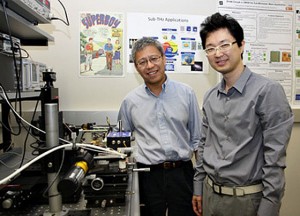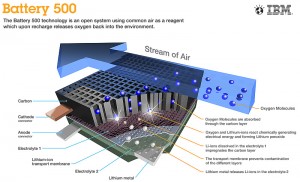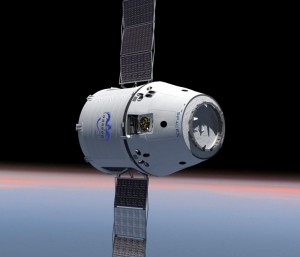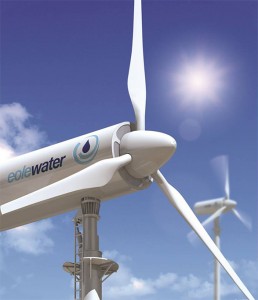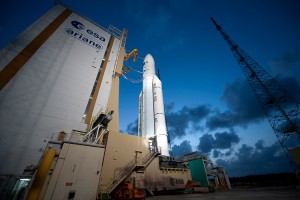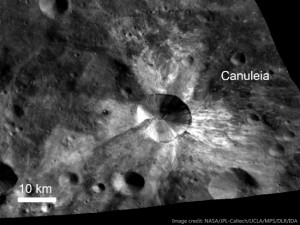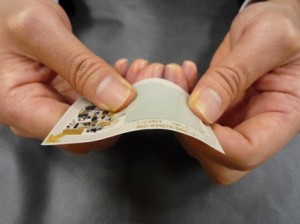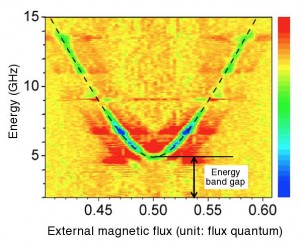
Oleg Astafiev and his colleagues at the RIKEN Advanced Science Institute (ASI) and NEC Smart Energy Research Laboratories have in a paper in Nature reported on the first direct observation of Coherent quantum phase slip, in a narrow superconducting wire of indium-oxide (InOx). Coherent quantum phase slip (CQPS), as this phenomenon is known, has long been limited to being just theoretical, an intriguing but until now unobserved parallel to the Josephson effect.
Unlike the Josephson effect were electric charges jump from one superconducting layer to another across an insulating layer, the behavior of the insulator and superconductor are reversed in this parallel theory. A magnetic flux, quanta jump from one insulator to another across a superconducting layer. Quantum tunneling of electrons in the Josephson junction is replaced in this parallel by the coherent “slip” of the phase, a quantum variable that, in superconducting circuits, plays a dual role to that of electric charge.
Continue reading “Researchers managed to observe Coherent quantum phase slip”

